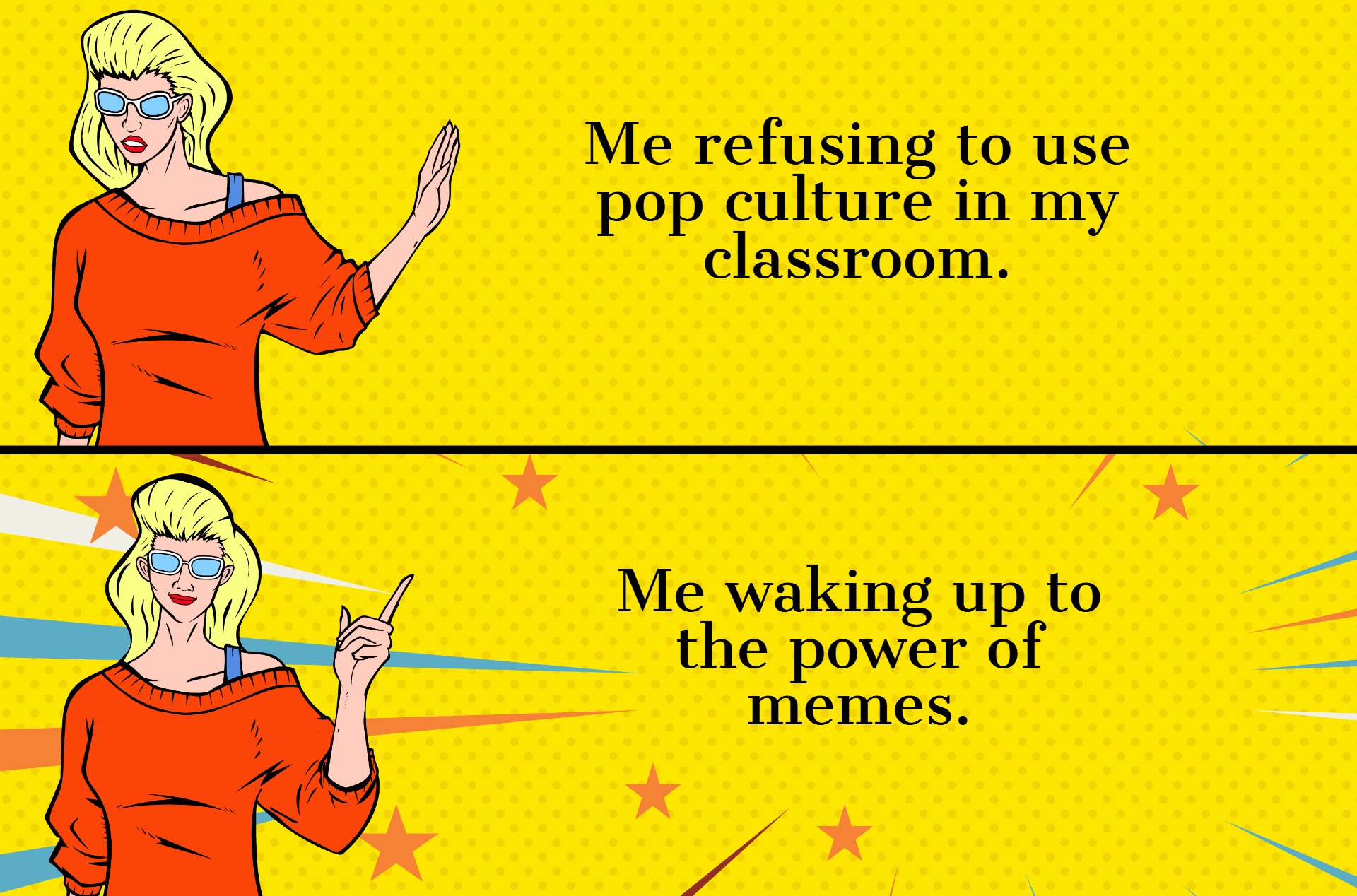Three minutes to better knowledge translation
Former Three-Minute Thesis competitors share their winning tips for summarizing years of research to engage any audience.

The Three Minute Thesis (3MT®) challenges graduate students to condense years of research into an engaging story in 180 seconds. This story should communicate the impact of your findings in a way that anyone can understand, not just specialists in your field.
Since 2011, Canadian universities have hosted 3MT competitions in April, sent finalists to regional 3MT competitions in May, and then to the National 3MT Showcase in November, hosted by the Canadian Association for Graduate Studies. This year, the final is taking place in Victoria, British Columbia.
Participants in the 3MT are judged on the elements of communication, comprehension, and engagement. Judges evaluate competitors on whether they:
- use clear language,
- describe the impact of your research, and
- leave the audience wanting to hear more.
I know, your schedule is full. Why should you dedicate time to participate in the 3MT? Julian Yabut, two-time 3MT winner, believes that this competition sharpens knowledge translation skills – “taking complex ideas and simplifying them to their core” – a skill valued in industry.
If you are on the fence, below are five tips to get you started, shared by 3MT competitors and faculty:
1. Make the first seconds count
“If someone doesn’t understand anything in the first five to 10 seconds, they’re going to tune out. They’re not going to listen to the rest,” said Dr. Yabut, a medical student at the University of Toronto who holds a doctorate in medical sciences – nutrition and metabolism. Getting straight into the story can help you keep your audience’s attention.
2. Use resources available online and in-person
Matthew Campea, a doctoral candidate in chemical engineering, won McMaster University’s 3MT competition in 2019. His main advice is to learn from others. Most 3MTs are recorded and available publicly. Mr. Campea found inspiration from watching talks by Yoah Sui, who he found to be “very clever, very effortlessly funny,” and Alex Kjorven, “one of the most natural speakers [he has] ever seen.”
Many universities offer workshops prior to their 3MT competition. This year, the University of British Columbia offered workshops on effectively articulating your research; University of Alberta had one on hooking an audience; Brock University offered one on creatively communicating your research; and Dalhousie University hosted workshops on storytelling. Find support within your academic institution.
3. Develop an engaging story
Ghazal Mirab won the People’s Choice Award at Simon Fraser University’s 2022 3MT. In her current role as machine learning research scientist, she uses cross-functional communication when demonstrating products with a diverse team of product managers and communications professionals. She found that the 3MT helped her develop the ability to look at the big picture in order to concisely communicate research. Ms. Mirab advises competitors to “spend time explaining the problem, the solution, and your approach.”
John Bandler, professor emeritus of electrical and computer engineering at McMaster, has been coaching students for the 3MT for many years. He advises his students to build a human element into their story. He believes in “adding a personal touch. You may have a drug to cure a million people, but the audience wants to know, ‘What will it do for me? What will it do for my mother?’” Adding a personal story or quote is a powerful way of connecting with the audience. “Hit the ground running by introducing a hero to the story,” Dr. Bandler added.
4. Practice your delivery
Once you have the story, Dr. Bandler recommends recording yourself practice while throwing your hands out as wide as possible. “Play it back – you will see that you look quite normal,” he said. This can help you be comfortable moving on stage, which helps engage your audience. In another exercise, he helps students get out of “speech” mode and into “audience” mode. He aske students to say the opening sentences of their speeches to each other. Dr. Bandler wants to hear a conversation, but his feedback is usually that it “doesn’t sound like a conversation, you’re talking at each other. You’re not talking with each other.” To further engage the audience, he recommends taking pauses and breaking up your speech into fragments.
One way to break up your speech is to ask the audience questions, and after pausing, give an answer. This gives the audience time to think about the problem presented. The audience wants to know that you’re having a conversation with them, so observe your audience and adjust your speech accordingly.
5. Enjoy the experience
If you’re enjoying the experience, “people see and feel this on the stage,” said Indranil Sarkar, 2019 McMaster 3MT winner. Currently working as a product development engineer, Mr. Sarkar uses the skills he gained from the 3MT daily. “My role is extremely technical, but I interact with higher management and non-technical colleagues.” He borrows from his 3MT days and remembers to dial down on the details and explain to his work audience how the topic at hand affects them, or how it affects the company (e.g., revenue, end results). “They don’t need the whole journey, they just need to know –alright, what’s going to happen when this is finished?”
Featured Jobs
- Canada Excellence Research Chair in Computational Social Science, AI, and Democracy (Associate or Full Professor)McGill University
- Veterinary Medicine - Faculty Position (Large Animal Internal Medicine) University of Saskatchewan
- Business – Lecturer or Assistant Professor, 2-year term (Strategic Management) McMaster University
- Psychology - Assistant Professor (Speech-Language Pathology)University of Victoria














Post a comment
University Affairs moderates all comments according to the following guidelines. If approved, comments generally appear within one business day. We may republish particularly insightful remarks in our print edition or elsewhere.